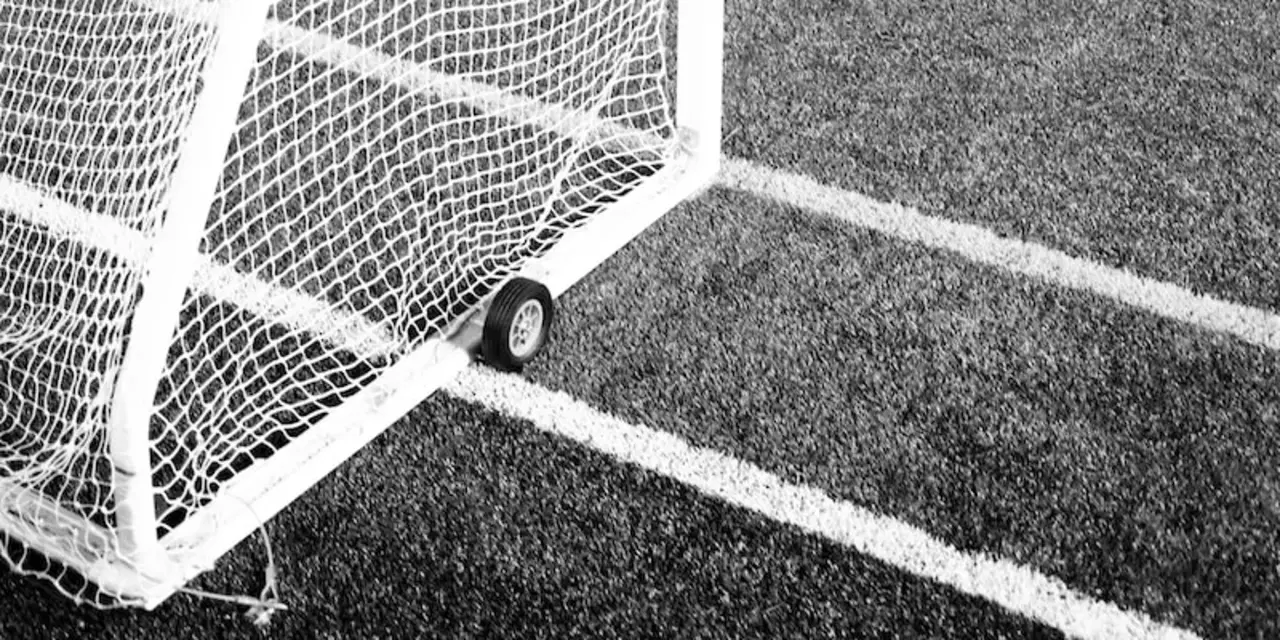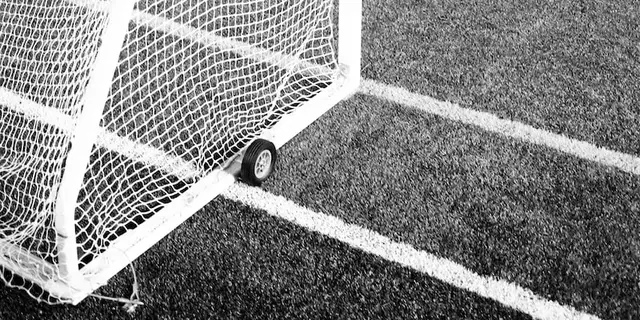- Home
- Sports Equipment
- Are running shoes okay for indoor soccer?

Are running shoes okay for indoor soccer?
Pros
- Running shoes provide good traction and grip on indoor soccer turf.
- They are lightweight, which makes it easier to move quickly on the field.
- They are often more affordable and easier to find than soccer-specific shoes.
Cons
- Running shoes lack the ankle support needed for quick cuts and turns.
- The cushioning of running shoes won’t help protect your feet from hard surfaces.
- They don’t provide enough cushioning for the impact of running and jumping.
In the world of indoor soccer, there are a variety of different types of shoes that can be worn for optimal performance. While some players may prefer to wear running shoes for the sport, it is important to understand the differences between the two types of shoes and the pros and cons of each. In this article, we will explore the different types of indoor soccer shoes, and discuss whether running shoes are the best choice for the sport.
Traditional Indoor Soccer Shoes
Traditional indoor soccer shoes are designed specifically for the sport. They feature a flat, non-marking sole that is meant to provide good traction and grip on the court. The upper material of the shoe is usually made of synthetic materials that are lightweight and breathable. The construction of the shoe is designed to provide support, stability, and comfort while playing.
Running Shoes
Running shoes are designed for running and jogging, and they are not necessarily designed for indoor soccer. While they may provide some comfort and cushioning, they may not have the same level of support and stability that traditional indoor soccer shoes provide. Running shoes also tend to have a thicker, heavier sole that can be slippery and hard to maneuver on the court.
So, Are Running Shoes Okay for Indoor Soccer?
Ultimately, it is up to each individual player to decide whether running shoes are the best choice for their game. The type of shoe that is best for any athlete depends on their individual playing style, their level of comfort, and their preference. If you are looking for a more supportive shoe for indoor soccer, traditional indoor soccer shoes may be the best option. However, if you are looking for a more lightweight, flexible shoe, running shoes may be the way to go.
When it comes to playing indoor soccer, it's important to have the right shoes. Not all running shoes are suitable for playing indoor soccer, so it's important to choose a pair that will provide the necessary support and traction for playing on an indoor court. Here are some tips on how to choose the right shoes for indoor soccer.
1. Choose Shoes with Good Traction
Indoor soccer requires good grip and traction on the court, so make sure you choose a pair of shoes with a good tread pattern. Shoes with a flat sole will not provide the necessary grip, so look for a pair of shoes with a deep tread pattern that will help you move quickly and confidently on the court.
2. Look for Shoes with Good Cushioning
Indoor soccer requires a lot of quick changes in direction and sudden stops, so you need to choose a pair of shoes with good cushioning to protect your feet from the impact. Look for shoes with a midsole cushioning system that will absorb the shock of sudden movements and provide support throughout the game.
3. Choose Shoes with a Firm Grip
The last thing you need when playing indoor soccer is a slippery pair of shoes. Look for a pair of shoes with a firm grip that won't slip or slide on the court. This will help you move quickly and confidently while playing.
Conclusion
Choosing the right shoes for indoor soccer can help you perform your best on the court. Make sure you choose a pair of shoes with good traction, cushioning, and grip to ensure you are as comfortable and as safe as possible during your game.
Benefits of Using Running Shoes for Indoor Soccer
Indoor soccer is an increasingly popular sport that can be played in a variety of different settings. While traditional soccer cleats are generally recommended for outdoor play, many players opt to wear running shoes when playing indoors. While running shoes may not provide the same level of traction as cleats, they can still be beneficial for indoor soccer, as they offer several advantages.
One of the primary benefits of wearing running shoes over cleats for indoor soccer is the increased level of comfort. Running shoes are usually designed to provide cushioning and support, which can reduce foot fatigue and reduce the risk of injury. They are also often lighter than soccer cleats, which can help players move faster on the court.
Another benefit of using running shoes for indoor soccer is that they can provide better grip on indoor surfaces. Soccer cleats are designed for outdoor surfaces, and can sometimes slip or slide on indoor surfaces. Running shoes, however, are designed to provide better grip on a variety of surfaces, which can help players stay on their feet and maintain control of the ball.
Finally, running shoes are often less expensive than soccer cleats, making them a more budget-friendly option for those who play indoor soccer. With the various benefits they offer, it is no wonder why many players choose to use running shoes for their indoor soccer games.

Zander Thorne
Hello, my name is Zander Thorne and I am passionate about sports, especially soccer. With years of experience as a professional sports analyst, I've gained expertise in the field and now enjoy sharing my knowledge with fellow enthusiasts. I am a regular contributor to various sports websites and magazines, where I provide insights and analysis on soccer games and players. My love for soccer has driven me to travel the world and witness games at the most iconic stadiums, and I strive to bring my unique perspective to every piece I write.
Popular Articles
About
BBC Football Central is your one-stop destination for all things soccer. Stay updated on the latest scores, game highlights, and in-depth analysis of your favorite clubs and players. Join our passionate community of football fans and never miss a moment of the beautiful game.

